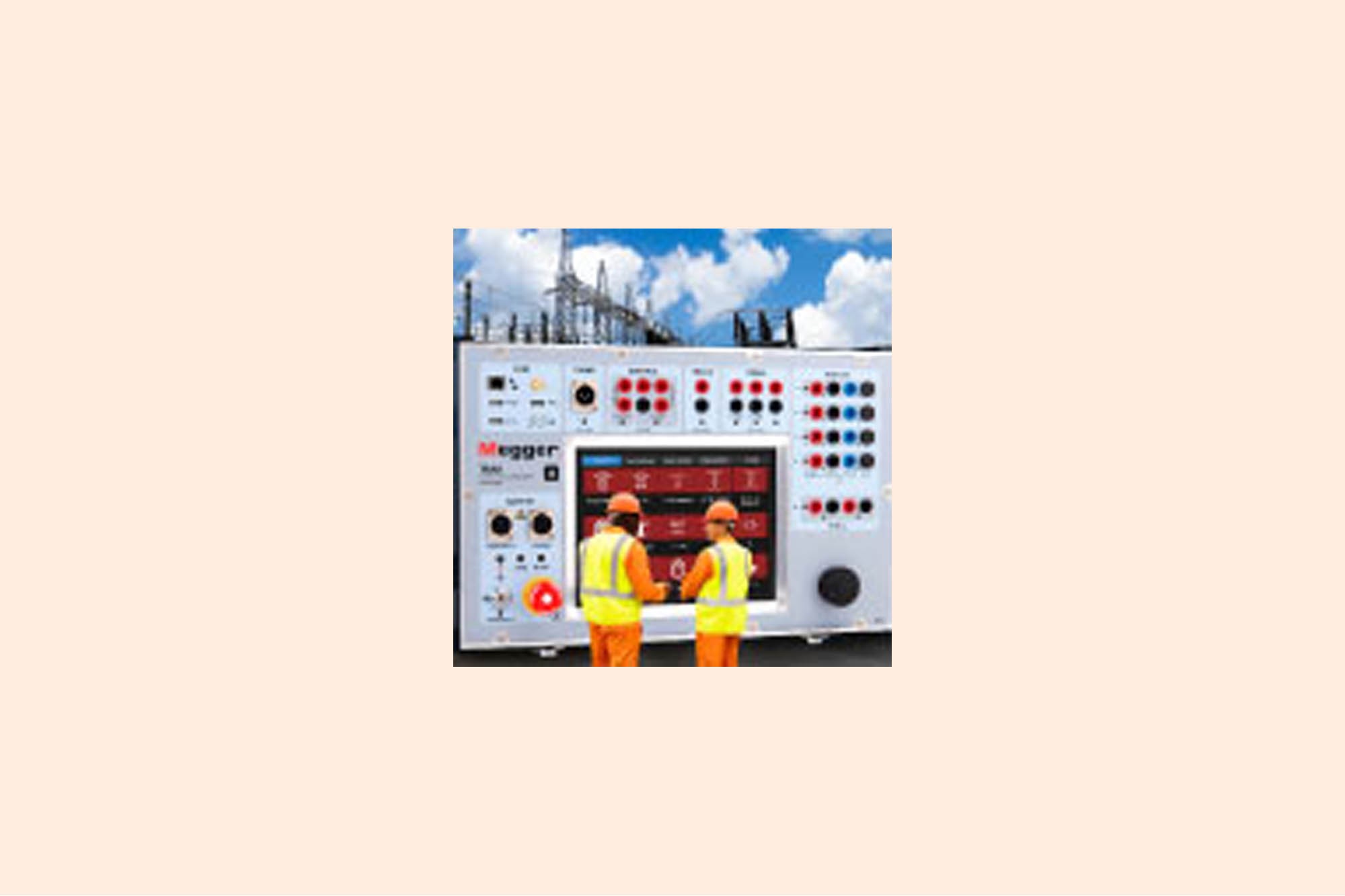Multi function comes power
By EPR Magazine Editorial November 23, 2016 11:10 am IST
By EPR Magazine Editorial November 23, 2016 11:10 am IST

It is still common practice in substation testing to use separate instruments for each type of test. This situation, however, is about to change. There are, in fact, many compelling reasons to move away from separate instruments in favour of a multifunction test set, including:
Users of multifunction instruments always have all of the test facilities they need readily at hand; there is never a need to go back to the van or, worse, back to base to fetch another instrument for the next test. Plus, a single multifunction tester is much easier to transport than several individual instruments.
Multifunction test sets cost less than the individual instruments that would be needed to cover the same range of testing requirements. Four single-function test instruments = four displays, four user interface systems, four enclosures, etc = higher total cost than one multifunction instrument with one display, one user interface system, one enclosure, etc.
Multifunction test sets provide on-going savings by reducing testing time. There is only one instrument to unpack, power up and configure; the same cable set is used for a whole range of measurements, so the connections only need to be made once; and, when carrying out a range of tests, users of multifunction instruments move quickly and easily from app to app, rather than having to go from instrument to instrument.
Less operator training is required; users of separate instruments need to familiarise themselves with the quirks of each, whereas users of well designed multifunction testers enjoy a consistent user interface across all functions, which means that the learning process is simplified.
This begs the question that if multifunction instruments have so much to offer, why are they not used more frequently for substation testing? The reasons are interesting:Inertia: Separate instruments have always been used in the past and have delivered satisfactory results, so why change? The simple answer is that changing brings the benefits that have already been described.
Cost: If an additional single-function instrument is all that’s needed to complement instruments already owned, why spend extra on a multifunction tester that will duplicate at least some of the functionality of the existing instruments? The answer is investment for the future. Buy a multifunction tester and it will probably be unnecessary to replace the single-function instruments as they come to the end of their lives.
Specification: Until recently, few, if any, adequately specified multifunction instruments were available. This is not particularly surprising, as designing and manufacturing a versatile, convenient, dependable and easy-to-use multifunction tester for use in substations presents many challenges.
A multifunction test instrument design that can lead a migration from single-function instruments must:
We use cookies to personalize your experience. By continuing to visit this website you agree to our Terms & Conditions, Privacy Policy and Cookie Policy.